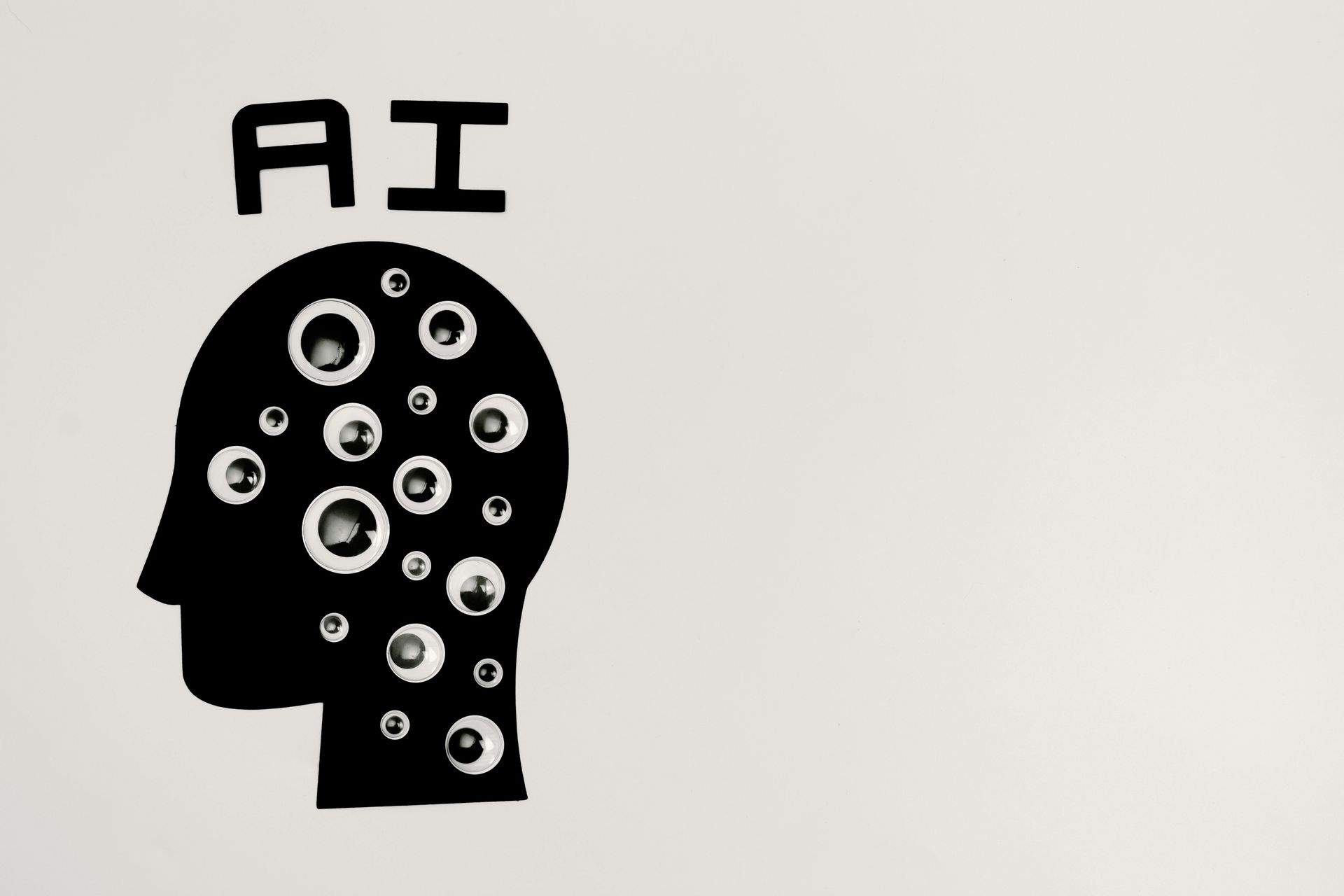How Resource Constraints Impact Hiring and What You Can Do About It
Well, well, well! It seems like we have a case of resource constraints when it comes to hiring, eh?
Recruiting new talent is crucial for companies to grow and remain competitive in today's fast-paced business environment. However, the recruitment process can be incredibly costly, especially for small and medium-sized businesses with limited resources. Many hiring teams lack the necessary resources to efficiently and effectively fill positions, leading to an imbalance in recruitment costs that can significantly impact the company's bottom lines.
The Cost Imbalance in Recruitment
Recruiting new talent can be costly, especially if a company is looking to fill multiple positions simultaneously. Some costs associated with recruitment include job advertisements, recruitment agency fees, candidate screening and assessment, and interview expenses.
Moreover, the cost of a bad hire can be even higher. According to the U.S. Department of Labor, the average cost of a bad hire is up to 30% of the employee's first-year earnings. The cost of a bad hire includes recruitment and training expenses, lost productivity and potential damage to the company's reputation.
The Impact on Companies
The cost imbalance in recruitment can significantly impact companies, especially smaller businesses with limited resources. A lack of resources can lead to longer time-to-hire and increased recruitment costs, making it difficult for companies to compete with larger organizations with more resources. A prolonged recruitment process can lead to lost productivity and missed business opportunities as teams need help to fill critical positions.
In addition, the cost imbalance in recruitment can lead to turnover, as employees may become frustrated with the slow recruitment process or lack of resources and seek employment elsewhere.
The Issues at Hand
One of the biggest challenges facing companies is the need for more resources and technology to manage the hiring process efficiently. This often results in inefficient processes, leading to longer time-to-hire, lower quality hires and higher costs.
Many companies still use outdated recruitment methods, such as manually reviewing resumes and conducting in-person interviews. These processes are time-consuming, and they don't always result in the best hires.
In addition to manual processes, many companies need more data and analytics to guide their recruitment strategies. With access to data on which job postings are most effective, which candidates are most likely to be successful, and which recruiting channels are most cost-effective, hiring teams may save time and resources on effective strategies. The lack of data and analytics is a massive challenge for many companies. Without this information, it's difficult to optimize your hiring process and make informed decisions about where to invest your resources.
Actionable Solutions
Leverage Technology
By using Applicant Tracking Systems (ATS), companies can automate the candidate screening and assessment process, saving time and reducing costs. In addition, video interviews (now more prevalent than ever) can help hiring teams efficiently screen candidates without incurring significant travel expenses.
Autonomous sourcing and engagement platforms are the more modern solution.
Rolebot’s AI-powered autonomous sourcing & engagement platform for passive talent amplifies your internal recruitment team's efforts, completely removing the manual lift of sourcing, delivering a daily cohort of passive candidates across all active roles autonomously so that your recruiters get 90 percent of their time back to focus on engaging and interviewing an exponentially larger pool of qualified prospects.
Network Like You Mean It
Another solution is to leverage social media and employee referrals to attract top talent. Social media platforms like LinkedIn, Twitter and Facebook can help companies reach a broader audience and attract qualified candidates. Employee referrals can also be an effective way to attract top talent, as employees are often more likely to refer candidates who fit the company culture and values well.
Establish Training and Development Programs
Companies can also invest in training and development programs to retain top talent. Providing professional growth and development opportunities can help employees feel valued and motivated, reducing turnover and recruitment costs in the long run. Cornerstone OnDemand’s 2023 talent mobility study found that seventy-three percent of workers today want to know about career opportunities inside their organization. Workers who don’t have visibility into internal career opportunities are 61 percent more likely to have plans to quit their job. More than half of employees say that having the opportunity to explore other career opportunities internally would make them more likely to stay at the job.
Yes, Job Listings Really Can Have Some Personality
Get creative with your job listings. Instead of posting the same old boring job posts, try injecting a little humor and personality into them. Use memes or GIFs, make puns or jokes and show off your company's culture and values. Not only will this help your job listings stand out from the rest, but it will also attract candidates who fit your company's vibe well.
Train Some Robots
The future is here, my friends! Why hire humans when you can have robots working for you? They don't need breaks, they don't complain, and they can work 24/7. Sure, they might take over the world someday, but hey, that's a problem for future you.
P.S. this one is still a few years away.
Consider these points
- Be bold and bring technology to the table. Implementing technology is a critical step in accelerating the hiring process. Wouldn't you be on board if making offers was more manageable and less involved? With Rolebot,
job descriptions, job posts and LinkedIn scavenger hunts are a thing of the past. And more placement fees? Save your money!
- Determine the qualities your company is looking for in prospective employees before conducting interviews or spending time drafting job listings. Research specific areas and values beforehand so as not to stall the hiring process.
- Brand awareness opens up new doors. Recruitment marketing is a real thing. Work on strategies to target your potential talent and work toward investing in a destination for top-tier talent.
As the business environment becomes increasingly competitive, it's more important than ever for companies to optimize their recruitment processes and invest in their employees' growth and development. By doing so, companies can stay ahead of the curve and position themselves for long-term success.
If all else fails, just remember that laughter is the best medicine – even in the world of hiring!
This Could Also Interest You:




